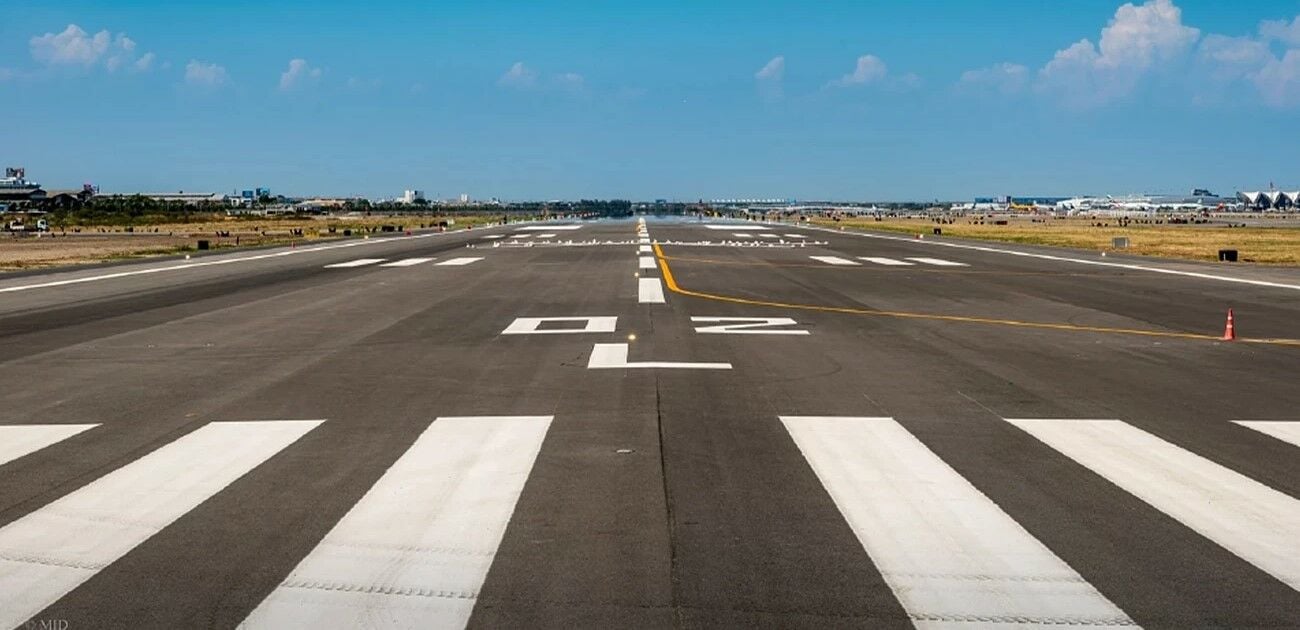Sky’s the limit: Suvarnabhumi Bangkok aims for a million flights in a year

An ambitious target set by Thailand’s government aims to handle one million flights nationwide next year, following the recent opening of Suvarnabhumi International Airport’s third runway.
Deputy Transport Minister Manaporn Charoensri announced the objective, emphasising the move as part of Thailand’s strategy to become the region’s aviation hub and to stimulate tourism and economic growth.
After the official opening of Suvarnabhumi Airport’s third runway yesterday, October 28, Manaporn reiterated the government’s goal. The 2024 fiscal year saw 836,513 flights across the nation, marking a 16% increase from the previous year.
Suvarnabhumi Airport, the country’s primary international gateway, managed 348,980 flights in the same period, averaging 950 flights per day. This figure is approaching pre-pandemic levels, with expectations for continued growth.
Manaport has set a goal of one million flights to be accommodated at Thailand’s premier airport for the 2025 fiscal year.
Aeronautical Radio of Thailand (AEROTHAI) confirmed its readiness to manage the increased flight volume facilitated by the new runway. Aerothai President Nopasit Chakpitak mentioned that preparations for the runway’s opening began over five years ago.
These preparations included developing an operational concept, conducting environmental impact assessments, refining air traffic control (ATC) procedures, training ATC staff, and installing air navigation systems.
In addition, Aerothai ensured the readiness of air traffic management systems, designed instrument flight procedures, conducted safety risk assessments, and updated the standard operations manual.
Bangkok Post reported that introducing the third runway has notably increased Suvarnabhumi’s capacity from 68 to 94 flights per hour. Nopasit highlighted that the simultaneous parallel operation of takeoffs and landings has streamlined air traffic flow and optimised runway usage, effectively minimising taxi distances and times.
The government’s initiative reflects a broader vision to position Thailand as a central aviation hub in the region. By enhancing airport infrastructure and operational capacity, Suvarnabhumi Airport hopes to attract more international flights and passengers, thereby boosting the tourism sector and overall economic growth.
As the 2025 fiscal year approaches, the focus will remain on ensuring seamless operations and meeting the ambitious flight handling targets, further solidifying Thailand’s status as a key player in regional aviation.
Latest Thailand News
Follow The Thaiger on Google News:


























